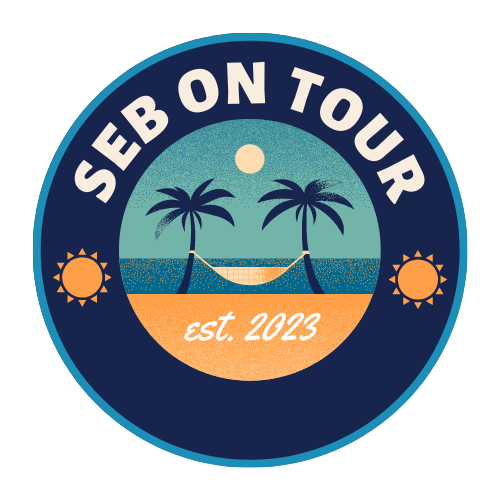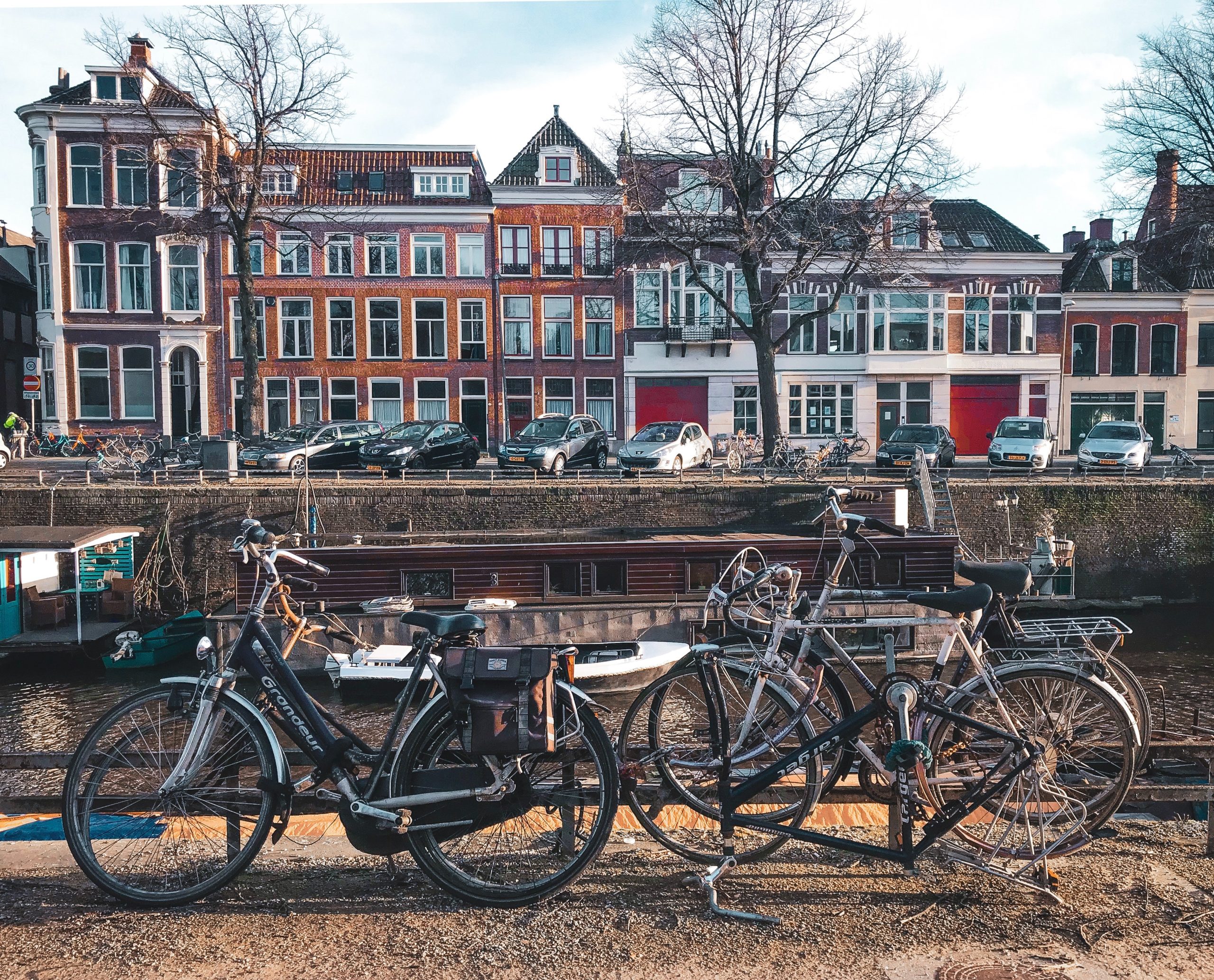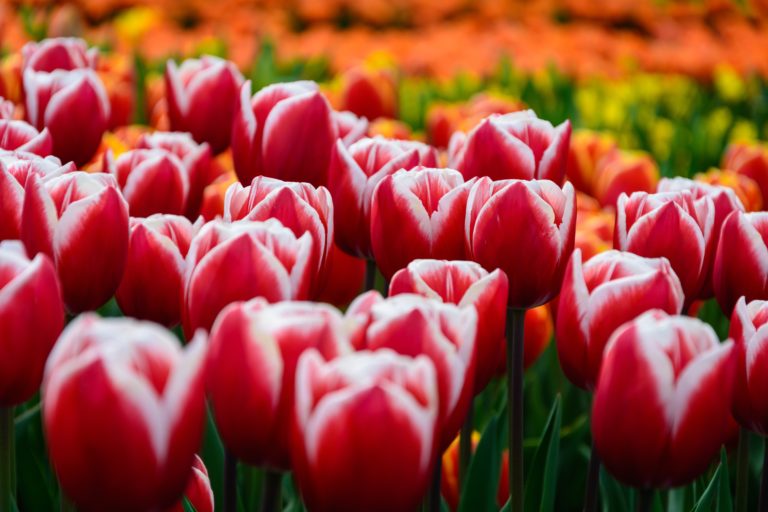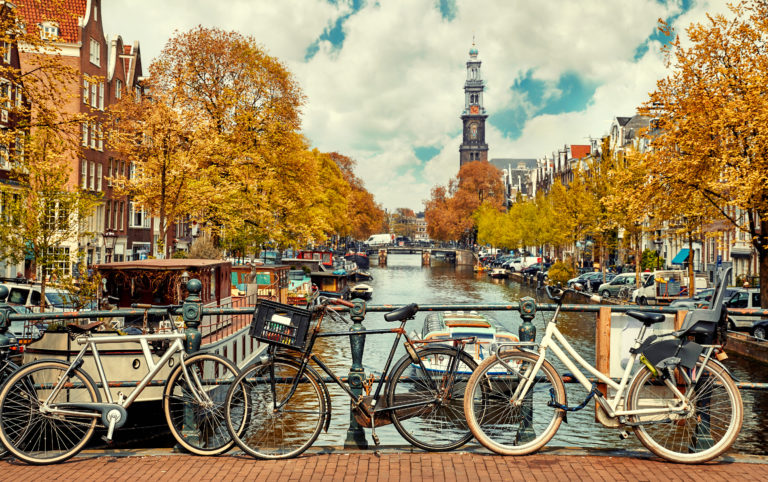Groningen: A Vibrant City in the Netherlands
Groningen is a vibrant city located in the northern part of the Netherlands. It is the capital of the province of Groningen and is known for its rich cultural heritage, lively student population, and beautiful countryside. With a population of over 235,000 people, it is the sixth-largest city in the country and is home to a diverse range of people from all over the world.
One of the things that makes Groningen unique is its youthful energy. With a large student population, the city has a lively and dynamic atmosphere that is hard to find elsewhere in the Netherlands. The University of Groningen is one of the top-ranked universities in the country and attracts students from all over the world, contributing to the city’s cosmopolitan vibe.
Aside from its student population, Groningen is also known for its rich cultural heritage. The city has a long history that dates back to the Middle Ages, and there are many historic buildings and landmarks that reflect this. From the Martinitoren, a famous church tower that dominates the city skyline, to the Groninger Museum, a contemporary art museum that showcases the best of Dutch and international art, there is something for everyone in Groningen.
Location and Geography
Groningen is a province located in the northeastern region of the Netherlands. The province borders Friesland to the west, Drenthe to the south, and the German state of Lower Saxony to the east. The province is situated between the Wadden Sea and the Ems Estuary to the north and northeast, and the German border to the southeast.
Geographical Features
Groningen is one of the smaller provinces in the Netherlands, covering an area of 2,960 km². The province is known for its flat landscape, with vast stretches of farmland and fields. The region is intersected by several canals and waterways, including the Hoornsediep, Reitdiep, and Winschoterdiep canals. The province is also home to several lakes, including the Zuidlaardermeer and the Schildmeer.
Groningen is situated on the northern edge of the Hondsrug, a ridge of sand and gravel that runs through the northeastern region of the Netherlands. The ridge was formed during the last Ice Age, and is home to several forests and nature reserves, including the Drentsche Aa National Park and the Hondsrug UNESCO Global Geopark.
Climate
Groningen has a maritime climate, with mild temperatures and high levels of precipitation throughout the year. The province experiences cool summers and mild winters, with average temperatures ranging from 2°C in January to 19°C in July. The region is also known for its strong winds, which are often caused by the proximity of the North Sea.
The province receives an average of 700-800 mm of rainfall per year, with the highest levels of precipitation occurring in the autumn and winter months. The region is also prone to fog, particularly during the autumn and winter months when the temperature drops and the wind speed decreases.
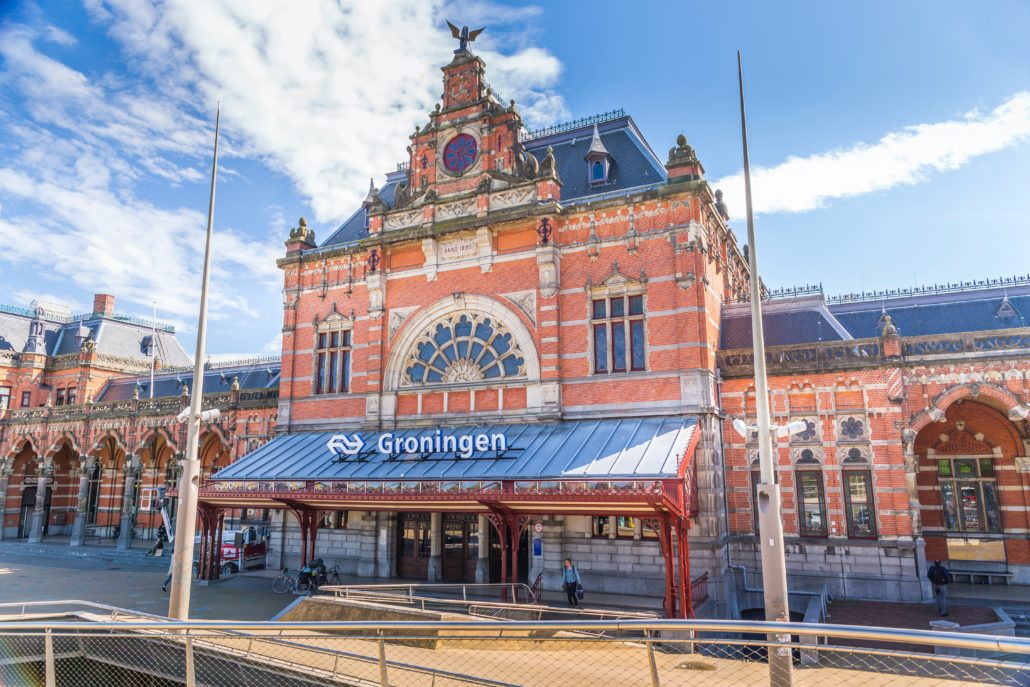
History
Groningen is a city with a rich history that goes back many centuries. Traces of early settlements, dated to around the second and third centuries, were found during excavations. The city was important for the province and vice versa. In this section, we will explore the history of Groningen and its transformation over the years.
Early History
Groningen’s early history dates back to the Roman era, where it was a small settlement. During the Middle Ages, it grew into a fortified town with a thriving trade. The city’s location made it an important trading hub for the surrounding areas. The city was also home to several monasteries and churches, which played a significant role in shaping its culture and architecture.
Medieval Groningen
In 1229, the first documents were found of Groningen as a Hanseatic city. This means that Groningen was a member of the Hanseatic Alliance, a collaboration between German and Northern European trading cities to buy and sell goods. Groningen had a thriving trade and grew into a trading city. During this period, the city’s architecture flourished, and it became home to several notable buildings and landmarks such as the Martinitoren, a church tower that still stands today.
Modern Groningen
In the 19th century, Groningen underwent significant changes, including a shift towards industrialization. The city’s economy diversified, and it became a center for trade, agriculture, and manufacturing. Today, Groningen is a vibrant and modern city that is home to a diverse population. It is a hub for education, culture, and innovation, with several universities and research institutes located in the city.

Culture and Attractions
Museums and Galleries
Groningen is home to several museums and galleries that showcase the city’s rich cultural heritage. The Groninger Museum is a must-visit attraction for art lovers, featuring a wide range of contemporary and modern art, as well as exhibitions on local history and culture. The Noordelijk Scheepvaartmuseum is another popular attraction, showcasing the city’s maritime history through exhibits and artifacts. Other notable museums and galleries include the GRID Grafisch Museum, the University Museum, and the Kunstruimte 09 Gallery.
Architecture
Groningen is known for its beautiful architecture, with many buildings dating back to the 17th and 18th centuries. The Martinitoren, or Martini Tower, is one of the city’s most iconic landmarks, standing at over 300 feet tall and offering stunning views of the city. The Grote Markt, or main square, is another popular attraction, featuring a range of historic buildings and monuments, including the iconic City Hall. Other notable architectural landmarks include the Aa-kerk, the Der Aa-kerk, and the Synagogue Groningen.
Festivals and Events
Groningen is known for its lively cultural scene, with a range of festivals and events taking place throughout the year. The Noorderzon Performing Arts Festival is one of the city’s most popular events, featuring a range of music, theater, and dance performances. The Groningen Museum Night is another popular event, offering visitors the chance to explore the city’s museums and galleries after hours. Other notable festivals and events include the Eurosonic Noorderslag music festival, the Noorderlicht International Photography Festival, and the Groningen Cultural Sunday.
Education and Economy
Higher Education
The University of Groningen is a leading research university in the Netherlands. It has academic divisions focused on a variety of subjects including economics and business, behavioral and social sciences, theology and religious studies. The university offers a BSc in Economics and Business Economics which is a 36-month program with 180 ECTS. The program provides students with a solid foundation in economics and business and prepares them for careers in various fields.
There are also other universities and schools throughout Groningen that offer degrees in economics. Students can browse and compare degrees from these institutions and connect with their faculties to learn more.
Economic Activities
Groningen has a diverse economy with a mix of industries including energy, healthcare, and agriculture. The city is home to several multinational companies such as Gasunie, Hanze University of Applied Sciences, and UMCG. It is also a hub for startups and entrepreneurial activities with several accelerators and incubators.
The city’s strategic location and excellent infrastructure make it an ideal location for businesses to set up operations. The Port of Groningen is an important transport hub for the region and provides access to the North Sea and other European markets. The city also has a well-educated workforce with a high level of English proficiency.
Groningen is committed to sustainable economic development and has set ambitious goals to reduce carbon emissions and promote renewable energy. The city has invested in renewable energy projects such as wind turbines and solar panels and is working towards becoming a carbon-neutral city by 2035.
